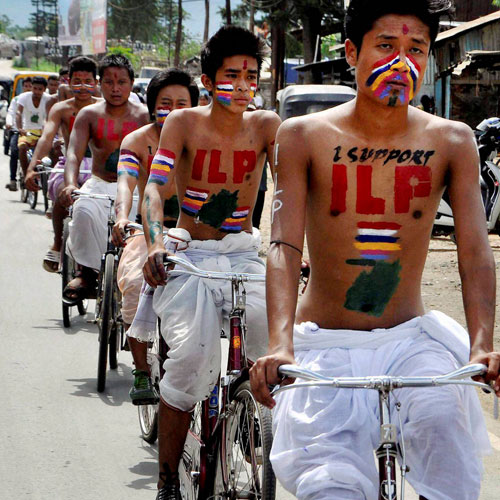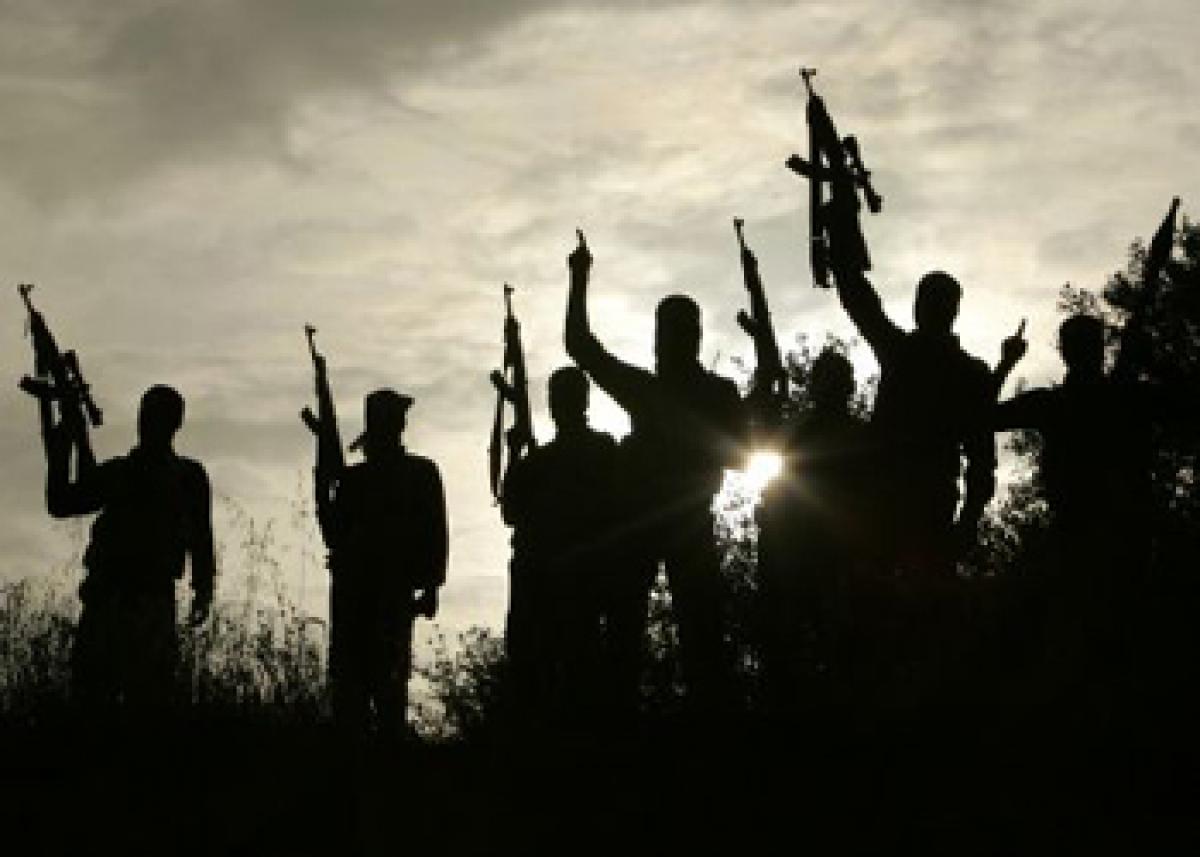Tuki inaugurates branch, website
By Ranju Dodum
Inaugurating the all-woman branch of the Arunachal Pradesh State Cooperative Apex Bank at Naharlagun, chief minister Nabam Tuki said the move was another stepping stone towards empowerment of women of the state.
He also inaugurated the bank's website and opened a savings account for his mother at the branch, which will be manned completely by women and also offer locker facilities to women.
According to the 2011 Census, Arunachal Pradesh has a female-male ratio of 938:1000, which is below the national average of 940. In 2001, the ratio was 893:1000.
Speaking to the bank's staff, Tuki said women self-help groups all over the state should be mobilised with the support of National Bank for Agriculture and Rural Development (Nabard) to encourage them.
He also lauded the bank for introducing the micro ATM, which he said would act as a "game changer" allowing "even illiterate customers to avail its facilities".
Responding to a memorandum submitted by the bank's employees, Tuki admitted that there was a need to build a permanent head office for the bank. He said funds would be made available for the purpose in the next state budget.
The Arunachal Pradesh State Cooperative Apex Bank is the only financial institution run by the state government. The bank was revived by the state after it ran into financial trouble in 2007.
By Ranju Dodum

Nabam Tuki at the inauguration of the bank branch at Naharlagun. Telegraph picture
Itanagar, Aug 20 : The first "all-woman" bank branch was inaugurated in Arunachal Pradesh today, giving women cause to cheer.Inaugurating the all-woman branch of the Arunachal Pradesh State Cooperative Apex Bank at Naharlagun, chief minister Nabam Tuki said the move was another stepping stone towards empowerment of women of the state.
He also inaugurated the bank's website and opened a savings account for his mother at the branch, which will be manned completely by women and also offer locker facilities to women.
According to the 2011 Census, Arunachal Pradesh has a female-male ratio of 938:1000, which is below the national average of 940. In 2001, the ratio was 893:1000.
Speaking to the bank's staff, Tuki said women self-help groups all over the state should be mobilised with the support of National Bank for Agriculture and Rural Development (Nabard) to encourage them.
He also lauded the bank for introducing the micro ATM, which he said would act as a "game changer" allowing "even illiterate customers to avail its facilities".
Responding to a memorandum submitted by the bank's employees, Tuki admitted that there was a need to build a permanent head office for the bank. He said funds would be made available for the purpose in the next state budget.
The Arunachal Pradesh State Cooperative Apex Bank is the only financial institution run by the state government. The bank was revived by the state after it ran into financial trouble in 2007.














